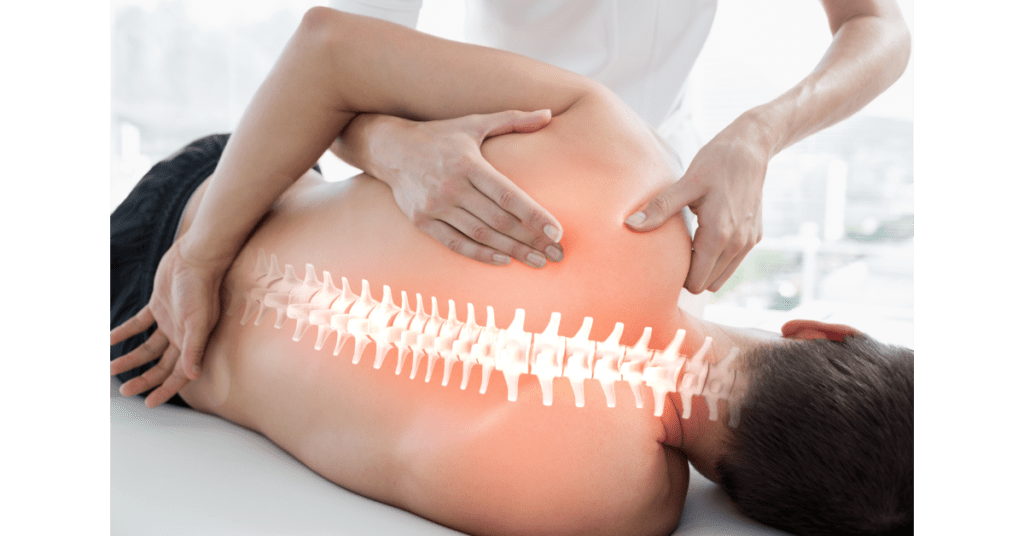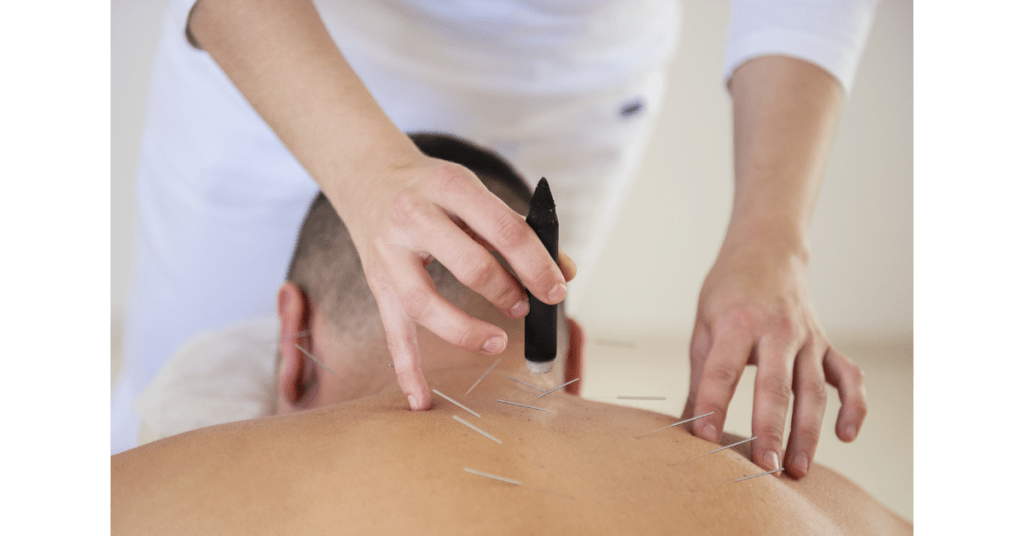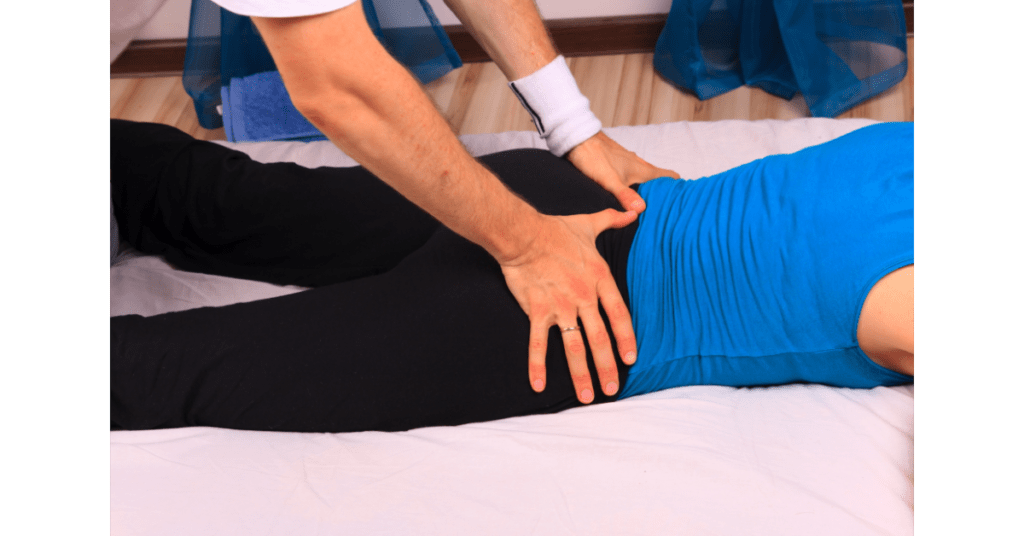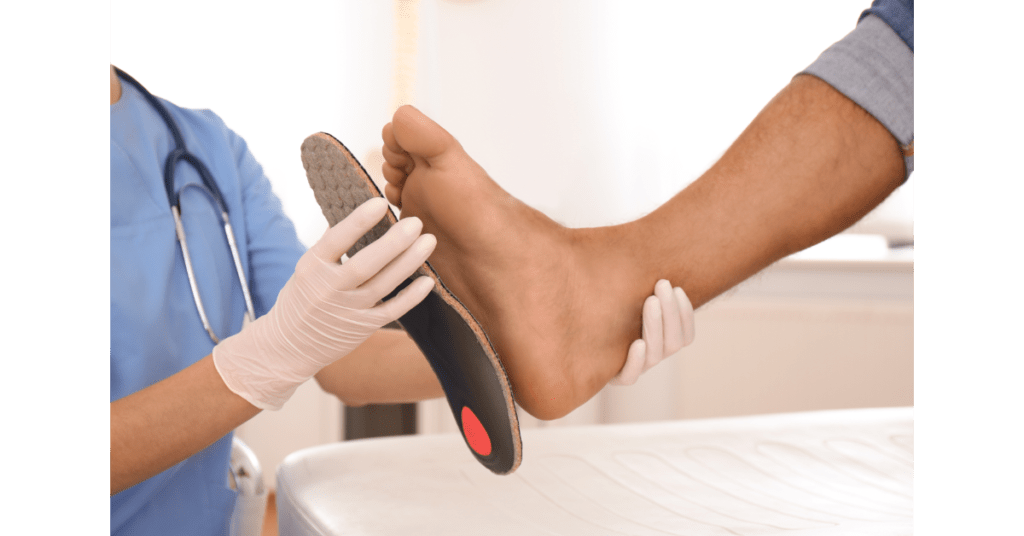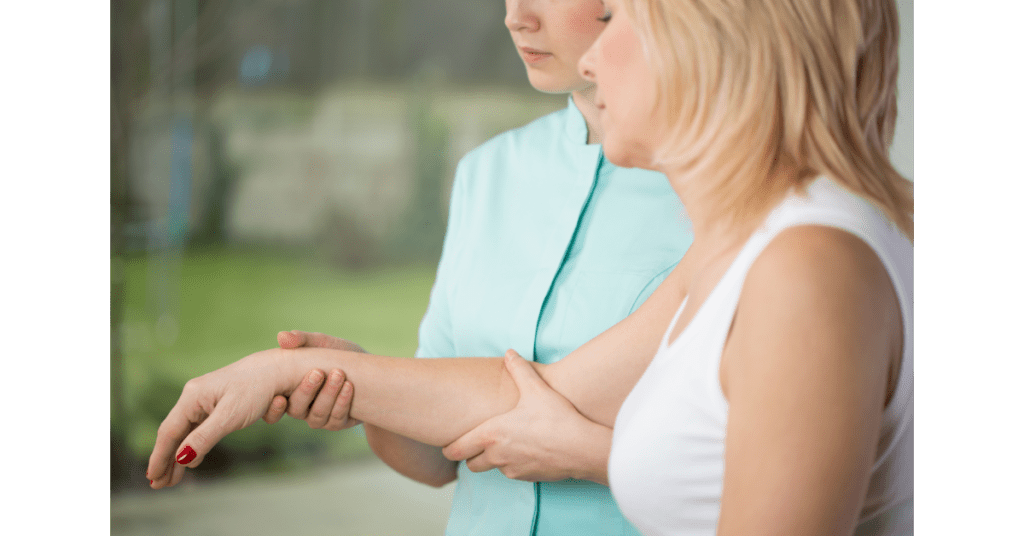What is Osgood-Schlatter Disease (OSD)?

Osgood-Schlatter Disease (OSD) OSD is also known as apophysitis of the tibial tubercle. OSD is a growth-related, overuse injury of the knees, caused by the patellar tendon (tendon from the kneecap) pulling on the growth plate where the tendon is attached to the shinbone (the tibial tubercle). OSD causes pain and swelling just below the kneecap. Sometimes, the body will try to stop the pulling by filling the gap between the bone and tendon with new bone growth, resulting in a bony lump.
What is the Growth Plate?
A growth plate is an area of cartilage near the end of a bone where growth takes place. As children age and mature, these plates harden into solid bone. In the knees, the tibial tubercle covers the growth plate at the end of the shinbone. In the knee, the quadriceps muscles attach to the cover of the shin bone’s growth plate (the tibial tubercle) through the patellar tendon.
What Causes Osgood-Schlatter Disease?
The quadriceps muscles pulling on the patellar tendon that pulls on the tibial tubercle can cause OSD. The stress of Repetitive physical activities like running and jumping can cause swelling, pain, and inflammation. Sometimes they can also result in a bony growth. In addition to physical activity, there are several other factors that lead to the development of OSD, such as Gender, Age, and Flexibility. It is more common in boys than girls, although the gap is closing. Also, it happens during the growth spurts of puberty. For girls, it happens between ages 10 to 13 and boys between ages 12 to 14. OSD is more common in children who are highly active, particularly in sports, like running, jumping, and quick direction changes. Tight quadriceps muscles can increase pulling on the tendon and growth plate.
What are the Signs and Symptoms of Osgood-Schlatter Disease?
Symptoms of Osgood-Schlatter Disease are Swelling and Pain that increases when you exercise and swelling or bump below the kneecap at the top of the shinbone. Signs and symptoms typically appear in one knee, but both knees can get affected at the same time. They last from one week to several months. They may go and come back again with growth spurts. The most common symptoms of OSD are a Lump or bump below the kneecap that’s painful and tender to the touch, Knee pain that increases with exercises and decreases with rest, Limping after physical activities like running, jumping or climbing stairs and Swelling below the kneecap at the top of the shinbone (tibia).
How Is Osgood-Schlatter Disease Treated?
The main treatment for OSD focuses on reducing pain and improving strength to prevent a recurrence. Mild cases can be treated at home with rest, ice, and medications that relieve pain. Physiotherapy is usually recommended to prevent it from recurring. Surgery is rare and considered for patients who have stopped growing but still have symptoms of OSD. The purpose of Physiotherapy is to strengthen the quadriceps, hamstrings, and gastrocnemius muscles. Depending on the severity of your child’s OSD symptoms, Physiotherapy treatment for the child with OSD symptoms depends on the severity. It may include Stretching and flexibility exercises to release the tight quadriceps, relieve pain, and recurrence, Strengthening exercises for stabilizing the knee, Bracing to reduce pain and stress on the tibial tubercle as well as Activity modification and pain control. At our clinic we have notice by using Simply Align Technique which includes advance physical modalities, activity modification and specific exercises we have faster, longer lasting results with reduced healing time.
Does Osgood-Schlatter Disease Go Away On Its Own?
Yes. As the child grows, OSD goes away on its own. The growth plate closes, and the bone hardens. However, it may take years and cause recurring symptoms.

